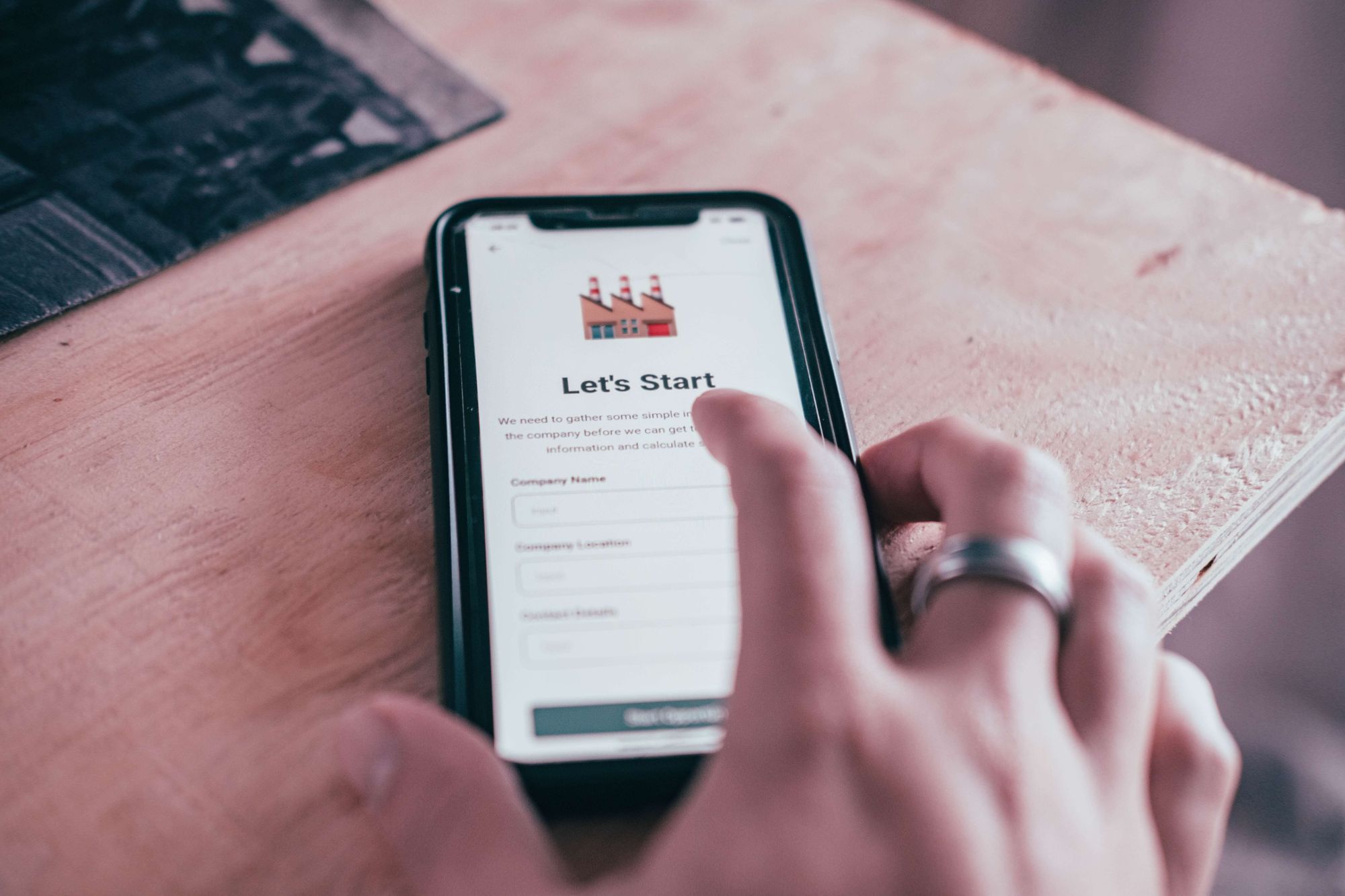Product-led growth (PLG) has emerged as a dominant strategy for companies to drive success. The approach focuses on creating products that are so intuitive, valuable, and user-centric that they virtually sell themselves, minimizing the need for traditional sales methods.
With the increasing integration of artificial intelligence (AI), companies are discovering innovative ways to enhance user onboarding best practices and engagement strategies.
But how is AI transforming the PLG landscape and empowering these processes?
AI-powered onboarding
Using AI in the onboarding process revolutionizes how businesses welcome and guide users into their products or services. AI-driven onboarding doesn't just create a smoother entry for users; it sets the stage for long-term engagement, satisfaction, and, ultimately, brand loyalty.
So, how exactly does AI do this?
Personalization: AI enables companies to tailor the onboarding process to each user's unique needs and preferences. By collecting and analyzing individual behavior and interaction data, AI can make recommendations that guide users to relevant features or resources. For instance, if a user signs up for a project management tool but primarily uses it for task management, AI might suggest features related to team collaboration, showcasing the tool's versatility.
Progress tracking: AI can track a user's progress through the onboarding journey and customize the experience accordingly. If a user quickly grasps the basics, AI can skip repetitive introductory steps and dive into more advanced features. On the other hand, if a user is struggling, AI can offer additional guidance or tutorial resources to ensure they're on the right track.
User feedback and adaptation: AI-powered onboarding systems are equipped to gather user feedback throughout the process. Companies can continuously adapt and optimize the onboarding experience by analyzing this feedback. If multiple users provide feedback on a confusing aspect, AI can prompt improvements or offer alternative solutions.
Multichannel accessibility: AI-powered onboarding can be implemented across various channels, including web applications, mobile apps, and even voice-activated interfaces. This versatility ensures that users can access the onboarding experience in their preferred environment, making it more convenient and user-friendly.
Time efficiency: Automation through AI makes the onboarding process more efficient. Users can swiftly familiarize themselves with the product's key features, reducing the time it takes to become proficient users. This time efficiency aligns with PLG's core principle of creating a product that users can quickly understand and use.
Personalized content: AI can analyze user data and behavior to provide personalized onboarding content. For instance, if a user is a novice, the onboarding process might include introductory videos or basic guides. In contrast, an experienced user might receive advanced content or feature-specific tutorials.
Retention and upselling: Beyond onboarding, AI can continue to engage users post-onboarding by providing feature recommendations, tips, and product updates based on their behavior. This not only contributes to user retention but also serves as an opportunity for upselling premium features or services.

How can AI influence user engagement?
AI's role in enhancing user engagement is pivotal for PLG's success. Through AI-powered analytics, companies can gain in-depth insights into user behavior and preferences. AI can identify patterns and trends, enabling businesses to develop personalized strategies to keep users engaged.
So, what does creating an engagement strategy look like in practice?
Predictive analytics: AI's predictive capabilities can forecast user behavior and preferences. By analyzing historical data, AI can identify patterns that enable businesses to anticipate user needs and take proactive steps to meet them. For example, an e-commerce platform can predict which products a user is likely to purchase next, offering them tailored promotions.
Chatbots and virtual assistants: AI-driven chatbots and virtual assistants provide instant, round-the-clock support for users. They can answer questions, provide guidance, and resolve issues, creating a more satisfying user experience. This immediate assistance fosters a sense of trust and reliability, encouraging users to stay engaged with the product or service.
Behavioral triggers: AI can identify specific user behaviors that signal a decline in engagement, such as decreased activity or a drop in usage. When these behaviors are detected, AI can trigger automated responses, like sending re-engagement emails or personalized offers to entice users back.
Churn prediction: AI-powered models can predict which users are at risk of churning. By identifying these users in advance, companies can take steps to retain them. For instance, a video streaming service can offer discounts or exclusive content to users who are likely to cancel their subscriptions.
Content recommendations: AI analyzes user preferences and behaviors to recommend content or features that align with their interests. Recommendation engines can keep users engaged by continuously serving them fresh and relevant content, preventing boredom or frustration that may lead to churn.
User segmentation: AI allows for the segmentation of users into specific groups based on shared characteristics or behaviors. This segmentation enables businesses to target different user groups with tailored marketing strategies and content. For example, a mobile app might send different in-app notifications to new users and long-term loyal users, catering to their distinct needs.

User onboarding best practices
When it comes to AI-powered user onboarding, certain best practices can significantly amplify its effectiveness.
First and foremost, it's essential to gather comprehensive user data and apply machine learning algorithms to understand user behavior, preferences, and pain points. Creating a personalized onboarding experience tailored to individual user profiles is key.
AI-driven onboarding should be an ongoing process, continually adapting to changing user needs and behaviors.
Leveraging AI chatbots and virtual assistants can provide instant, round-the-clock assistance, guiding users through their journey.
Clear communication about data privacy and transparency in AI usage builds trust with users.
By adhering to these best practices, businesses can ensure that their AI-driven user onboarding is not just efficient but also user-centric and privacy-conscious.
Conclusion
The integration of AI in user onboarding and engagement processes is nothing short of a game-changer for businesses in today's digital landscape. By streamlining the onboarding experience, AI ensures users get the most value from a product quickly and efficiently, remaining engaged.
AI's ability to provide personalized recommendations and responsive support creates a deeper connection between users and the product. This level of user engagement not only results in higher customer satisfaction but also lays the foundation for long-term loyalty.
As AI technology continues to evolve and become more sophisticated, its potential to create more seamless, tailored, and engaging onboarding and user experiences is boundless, promising a bright future for both businesses and their users.
Join our Slack community to stay up to the date with our latest releases, check out job opportunities, network with other marketers and developers, and so much more.






